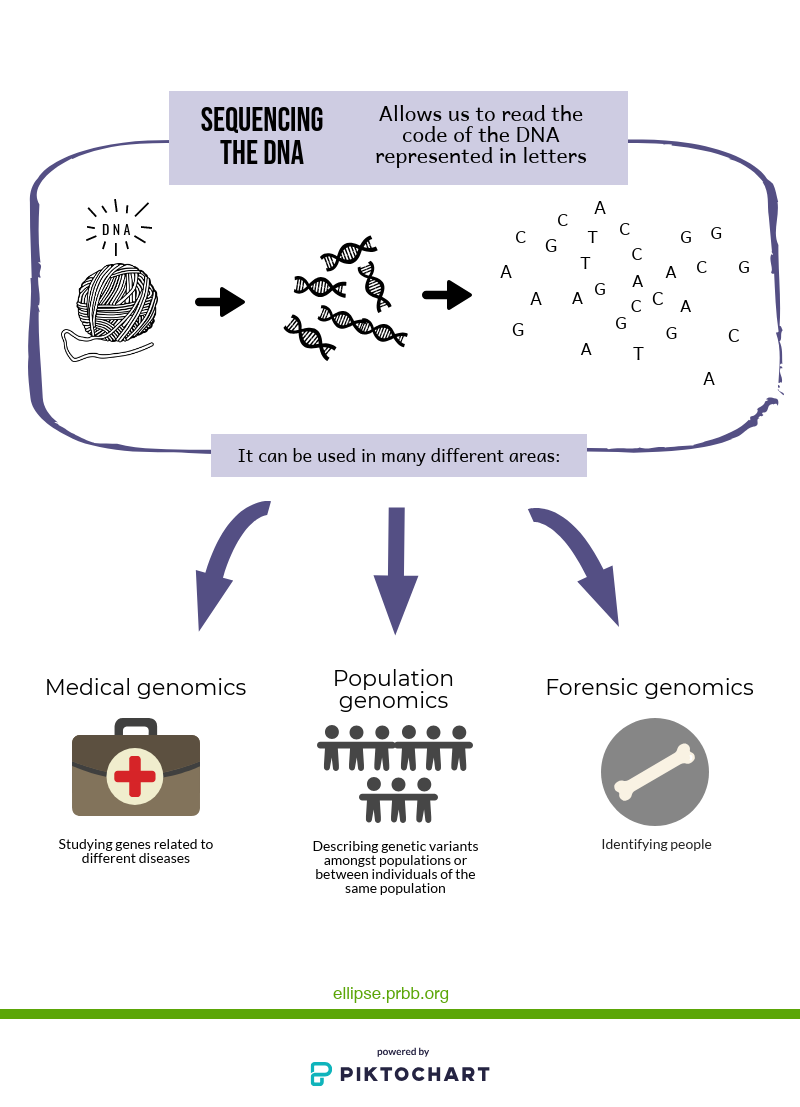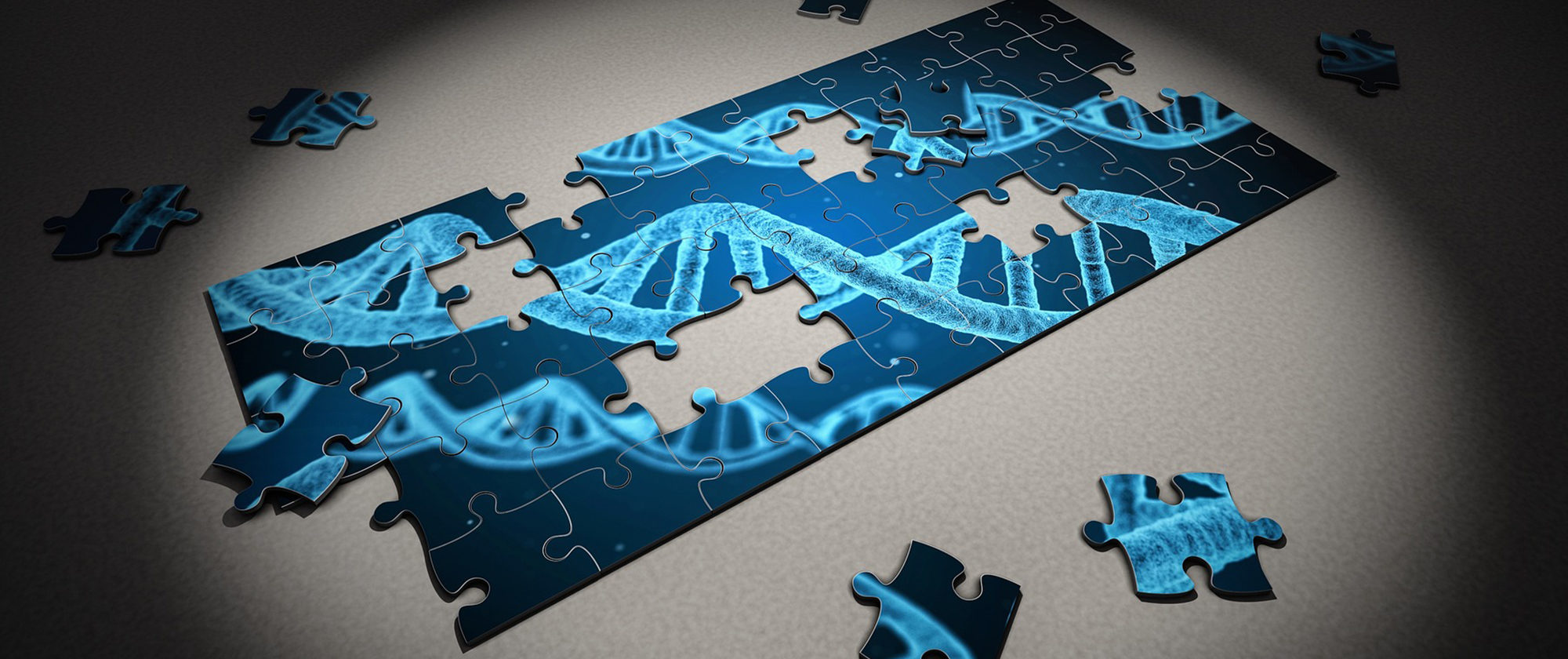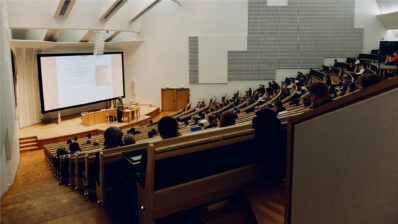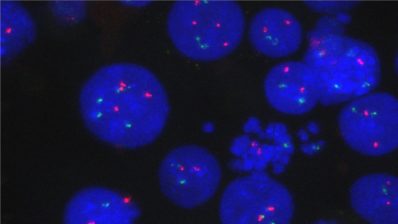In 2001 scientists celebrated the publication of the first draft of the human genome. This achievement required more than ten years of work, involved dozens of laboratories, and had a total estimated cost of around a billion US dollars. Today, a human genome can be sequenced in a week for just a thousand euros. This breakthrough was possible thanks to the emergence of the so-called next-generation sequencing technologies, based on the parallel sequencing of millions of DNA fragments.
Applying the new sequencing technologies has led to remarkable progress in very diverse fields. For example, in medical genomics it has been possible to identify the causative gene in dozens of rare diseases, population genomics has described how genetic variation in human populations is structured and the importance of rare genetic variants, and functional genomics has made dramatic advances in the study of gene expression and the interaction between proteins and DNA.
At the Genomics Service of the Department of Experimental and Health Sciences, Pompeu Fabra University (DCEXS-UPF), in collaboration with the Biological Anthropology Unit at the UAB and the company Illumina, we have recently presented a pioneering study on the application of these new sequencing methods in forensic genetics. It involves identifying individuals found in the mass graves of the Spanish civil war. Forensic genetics analyses genome regions where blocks of a few nucleotides are repeated (for example the trinucleotide AAG), which vary greatly between individuals. The combination of number of repetitions that each of us has in these regions is unique, allowing an individual to be identified from their remains, as well as enabling paternity testing. The high degree of DNA degradation in the remains from the mass graves means the success of this technique is not guaranteed. Now, however, thanks to a larger number of regions analysed and the higher sensitivity of next-generation technologies, it is possible to identify individuals from the mass graves by comparing them with living relatives as far as the second degree (grandsons, granddaughters, nieces, nephews).








